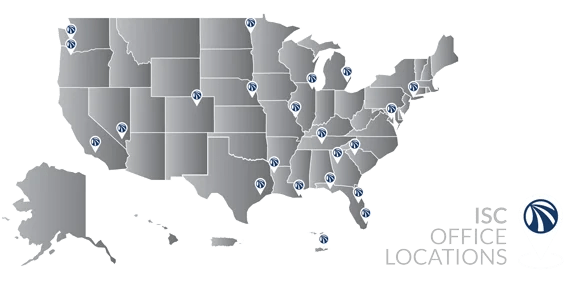Community disaster recovery is a long and arduous process that involves a litany of efforts involved with the reconstitution of services, rebuilding, and redevelopment. Recovery projects can take extensive amounts of time, energy, and particularly funding. There are a variety of funding sources available to communities, private non-profit organizations, businesses, families and individuals that have been affected by the disaster; however, it may take considerable effort to identify and obtain proper funding sources, coordinate these funding sources, and implemented funded projects. Funding disaster recovery can be generally secured from a variety of sources; however, the availability and accessibility of these sources of funding will vary based on the type and scale of the event.
FIGURE 5: DISASTER ASSISTANCE PYRAMID

FUNDING SOURCE
DESCRIPTION
Insurance
Insurance is the equitable transfer of the risk of a loss, from one entity to another in exchange for payment. It is a form of risk management primarily used to hedge against the risk of a contingent, uncertain loss. Property insurance provides protection against risks to property, such as fire, theft or weather damage.
Government Catastrophic Insurance Programs
State Catastrophic Insurance Programs provide coverage to low-probability; high-cost events for select natural disaster such as hurricanes, earthquakes, and floods that are generally excluded from standard insurance policies. Catastrophe insurance is difficult to estimate the total potential cost of an insured loss and a catastrophic event results in an extremely large number of claims being filed at the same time. As a result, government programs such as the NFIP and state catastrophic programs are established to effectively manage hazard risk exposure
Federal Funding
Presidential Disaster Declarations initiate specific kinds of grants, loans and common FEMA funding programs. There are also numerous other agencies that provide various support through existing disaster related programs. It is important to note that these Federal Disaster Assistance programs are supplemental programs to other funding sources such as insurance and must not duplicate funding provided by other organizations. Appendix C provides a summary of the disaster recovery assistance programs provide by the federal government
Donated Funds
People and organizations are often generous in times of disaster, trying to make a difference by donating time, money and items. Donations are often given during the early days of the event. Communities often have a hard time handling the immediate influx of donations, and as a result many of these donations go wasted. Properly managing donations could make them available to disaster-stricken residents and organizations during the disaster recovery stages.
Corporate Donations: Many corporations provide disaster recovery funding, support or resources through company foundations that are designed to give back to communities.
Foundation Donations: There are also a variety of foundations that offer funds to disaster stricken communities, organizations, businesses and individuals. Foundations usually have specific projects or programs that they are willing to fund.
Appendix D provides a summary of the large foundations and corporations that typically provide disaster recovery assistance.
Besides insurance, various Federal disaster assistance programs are available and designed to provide supplemental disaster assistance are the most common sources of disaster assistance funding. Some of the funds and programs are made specifically to individuals and others are made available to states, local governments, or nonprofit organizations. With the legislative passing of the Robert T. Stafford Act in 1988, most of the various federal disaster assistance programs were realigned under the auspices of FEMA. Some programs would remain under the direction of their existing federal agency; however, their activities would be coordinated closely with FEMA.
There are over ninety-three disaster recovery assistance programs provided under the support of various federal agencies. This assistance is delivered in a myriad of methods including technical assistance, loans, and grants. A complete listing of these various disaster recovery assistance programs is provided in Appendix C. The most common of these community recovery programs include Community Development Block Grants and Discretionary Awards, Public Assistance Programs, Individual Assistance Programs, Community Disaster Loans, Cora Brown Fund, Crisis Counseling, Disaster Legal Services, Disaster, Crop Disaster Program, Unemployment Assistance, the National Flood Insurance Program, and the Hazard Mitigation Grant Program.


